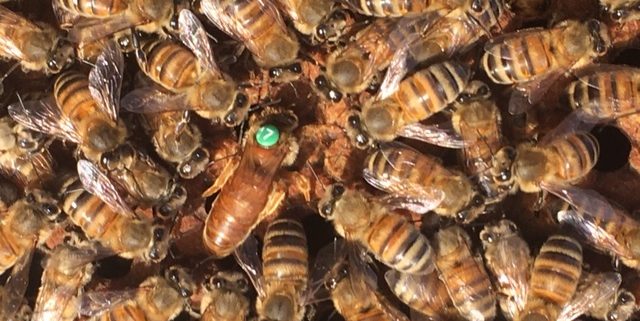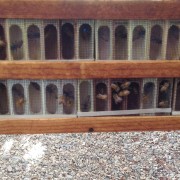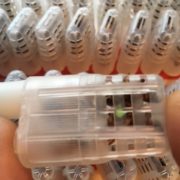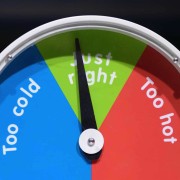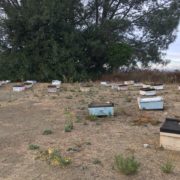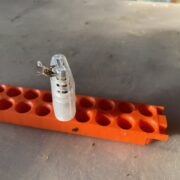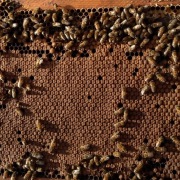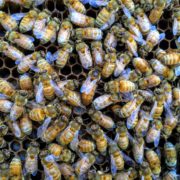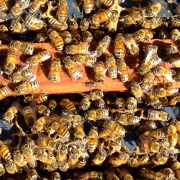Breeder Queens vs. Mated Queens: What’s the Difference?
Beekeepers looking to purchase a queen bee sometimes ask us – what makes a breeder queen unique, and why does a breeder queen often cost nearly ten times the amount of a regular mated queen?
A breeder queen is the cornerstone of a successful bee breeding program. While a breeder queen could certainly take part in regular honey production and beekeeping activities, such as pollination – and most likely would be a superstar in such endeavors – this is not the breeder queen’s purpose. A breeder queen is the carrier of the finest, specially selected genetics, almost always instrumentally inseminated – she is a prized specimen, too precious for ordinary beekeeping.
The vast majority of queen honeybees sold by most queen producers (including Wildflower Meadows) are commonly known as mated queen bees, sometimes also called laying queen bees. These queen honeybees have been naturally open mated. While these mated queens are generally of high quality themselves, they are not instrumentally inseminated, and therefore always contain a percentage of unknown genetics.
Unknown genetics may present risks within a breeding program. An open mated queen will mate with approximately 15 drone honeybees, all of which may potentially be from unknown origins. If a regular open mated queen is used for breeding, she is guaranteed to pass along hybrid and unknown genetics to her daughter queens, creating variability in her offspring. With up to 15 unknown drones (fathers) in her genetic profile, there is no guarantee of uniformity and optimum genetics in her offspring. The open mated queen’s daughters will almost certainly be hybrids and may be inconsistent in performance and quality, which is not ideal for breeding.
A breeder queen has been specifically bred, selected, and inseminated for genetic excellence – which is why breeder queens are more valuable for breeding. The advantage of a breeder queen versus an open-mated queen is that a breeder features pre-selected F1 maternal AND F1 paternal lines that are 100% known and carefully identified. There are no unknowns with instrumental insemination – everything has been optimized for quality and uniformity.
Optimal genetics are vital to the growth of strong colonies. A beekeeper who wants to breed should start with carefully selected, pure genetic lines that are of known origin on both the maternal and paternal sides. This is the advantage of instrumental insemination and is what makes the breeder queen so unique and prized among honeybee breeders.

